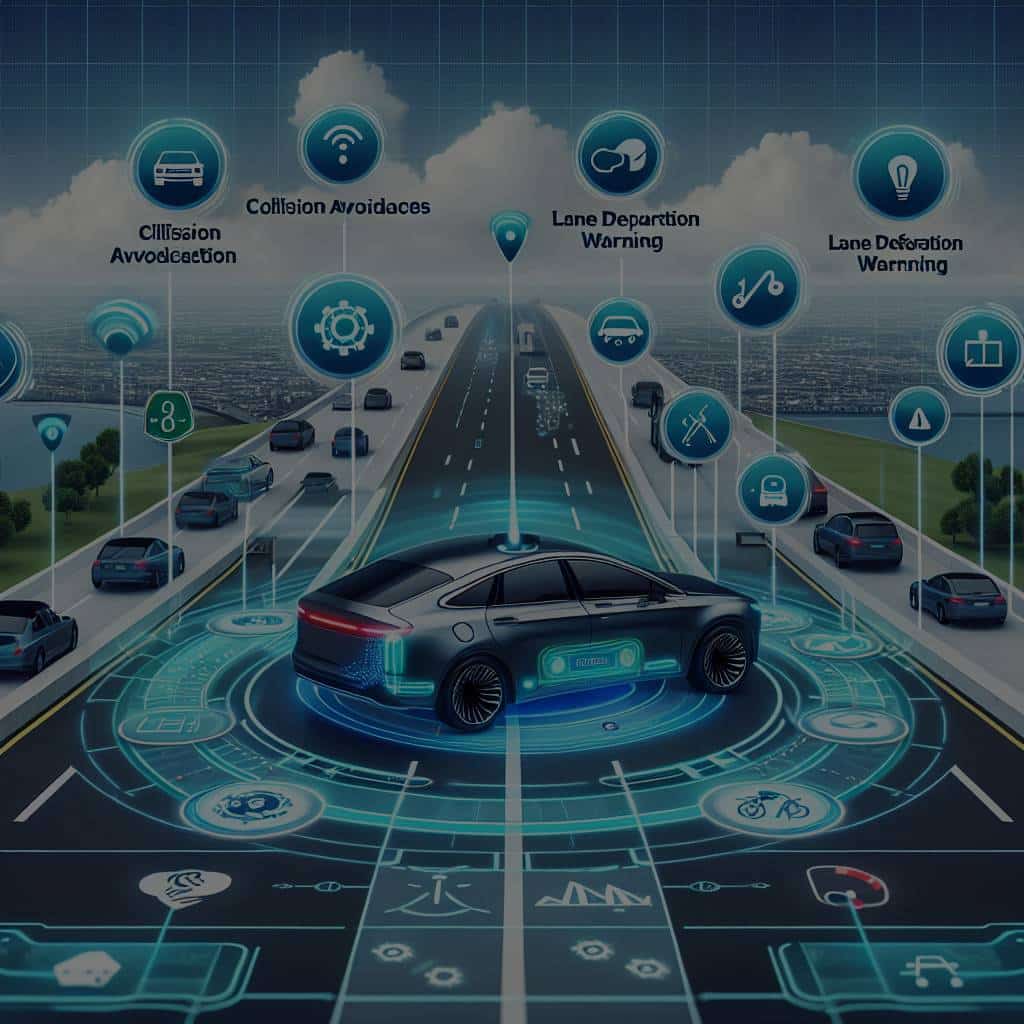How Is V2X Communication Technology Influencing the Safety of Autonomous Vehicles?

As autonomous vehicles become more prevalent in our transportation systems, the need for advanced communication technology to ensure their safety is paramount. Vehicle to Everything (V2X) communication technology is one such advancement that is significantly influencing the safety of these self-driving vehicles. By allowing them to communicate with each other, with infrastructure, and even with pedestrians, V2X technology is creating safer roads and improving traffic flow. But how does this technology work, and what impact is it having on the safety of autonomous vehicles?
Understanding V2X Communication Technology
Before we delve into the specifics of how V2X technology impacts vehicle safety, it’s important to understand what this technology is and how it works. In simple terms, Vehicle to Everything (V2X) is a form of technology that allows vehicles to communicate with virtually everything around them. This includes other vehicles (V2V), pedestrians (V2P), infrastructure (V2I), and even the network or cloud (V2N).
In parallel : What Breakthroughs in Machine Vision Are Advancing Precision Robotics in Manufacturing?
Data is at the core of this technology. V2X exchanges data between vehicles and the surrounding environment in real time, providing crucial information about traffic, road conditions, and potential hazards. This real-time data communication is key to the safe operation of autonomous vehicles.
The Impact of V2X Technology on Autonomous Driving Safety
There is no denying the significant influence that V2X technology has on the safety of autonomous vehicles. By enabling these vehicles to communicate with each other and their surroundings, V2X technology helps to prevent accidents, improve traffic flow, and enhance the overall driving experience.
In the same genre : How Is Technology Propelling Forward the Development of Smart Ports for Shipping Efficiency?
One of the main ways V2X improves safety is by addressing blind spots. Autonomous vehicles are equipped with various sensors like radar, lidar, and cameras that help them perceive their surroundings. However, these sensors have limitations. They cannot see around corners or through buildings, for example. V2X communication can fill in these blind spots by sharing data from other vehicles or infrastructure that have a better view of the situation.
Traffic optimization is another area where V2X technology plays a critical role. By sharing real-time traffic data, it helps autonomous vehicles to anticipate congestion and adjust their routes accordingly. This not only improves travel times but also reduces the chances of accidents that can occur due to sudden stops or lane changes.
The Role of Infrastructure in V2X Communication
Infrastructure plays a crucial role in enabling V2X communication. Using V2I (Vehicle-to-Infrastructure) communication, vehicles can connect with traffic signals, road signs, and even buildings to gather valuable data about the road conditions and traffic flow.
This information can then be used to make decisions that enhance safety. For instance, if a traffic signal communicates that it is about to turn red, an autonomous vehicle can slow down in advance, preventing sudden braking and reducing the risk of rear-end collisions.
Moreover, through V2I, autonomous vehicles can receive warnings about road work, accidents, or other hazards, allowing them to take precautionary measures or to reroute to avoid the situation.
V2X Technology and Pedestrian Safety
Pedestrian safety is a significant concern when it comes to autonomous vehicles. Thankfully, V2X technology addresses this concern by including Vehicle-to-Pedestrian (V2P) communication. Using this technology, vehicles can detect and communicate with pedestrians’ smartphones, providing warnings to both the vehicle and pedestrian if a potential collision is detected.
By being aware of pedestrians and their movements, autonomous vehicles can make better decisions to ensure safety. For example, the vehicle might slow down when approaching a crosswalk if it detects that a pedestrian is about to cross.
The Future of V2X Communication Technology
As the autonomous vehicle industry continues to evolve, so does V2X technology. In the future, we can expect to see more advanced and sophisticated versions of this technology that will further enhance vehicle safety.
One such advancement is Vehicle-to-Network (V2N) communication. With this, autonomous vehicles can connect to the internet or cloud to access a broader range of data and services. This could include traffic updates, weather conditions, and even data from other vehicles in different parts of the city or country.
In this way, autonomous vehicles will be better equipped to anticipate and respond to potential issues, enhancing their overall safety and making our roads safer for everyone.
Advanced V2X Applications in Intelligent Transportation Systems
In the realm of intelligent transportation, V2X technology is proving to be a game-changer. It is not just limited to enhancing the safety of autonomous vehicles, but its applications are transforming the entire landscape of transportation systems.
One such application is in the field of traffic management. By enabling communication between vehicles and traffic management systems, V2X can provide real-time updates about traffic flow, incidents, road work, and more. For instance, if a traffic management system detects congestion on a particular route, it can relay this information to autonomous vehicles in the vicinity. The vehicles, in turn, can adjust their global path to avoid the gridlock, thereby improving traffic flow and reducing travel times.
Another promising application of V2X is in low latency communication. For autonomous vehicles to make rapid and accurate decisions, they need prompt and reliable data. V2X technology, with its low latency characteristics, can provide this essential real-time information.
In addition, V2X technology also assists in cooperative automated driving where multiple autonomous vehicles act together to make joint decisions. For instance, vehicles traveling in a convoy can use V2X to share their position and speed data in real time, thus enabling them to maintain a safe and efficient distance from each other.
Researchers are constantly using tools like google scholar and scholar crossref to explore and publish more advanced applications of V2X technology in intelligent transportation systems.
Conclusion: The Future of V2X Communication in Autonomous Driving
As the future unfolds, the role of V2X communication technology in the safety of autonomous vehicles is expected to become even more significant. According to experts, the ongoing advancements in this technology are likely to result in safer, more efficient, and smarter transportation systems.
While the development of this technology certainly poses various challenges, the benefits it offers are immense. From eliminating blind spots in autonomous driving to optimizing traffic flow and enhancing pedestrian safety, V2X technology is setting new safety standards in the world of autonomous vehicles.
Moreover, as autonomous vehicles become more common, the need for effective vehicle-to-vehicle and vehicle-to-infrastructure communication will only increase. This makes the continued evolution and adoption of V2X technology critical for the future of autonomous driving.
Finally, with the aid of autonomous vehicles and V2X technology, we can expect a future where roads are safer, commutes are smoother, and traffic management is more efficient. Therefore, the coming years are likely to witness an upsurge in research and development activities related to V2X technology, with a focus on improving its accuracy, reliability, and scope.
The impact of V2X on autonomous vehicle safety is supported by an increasing body of research. The technology is evolving rapidly, and with more advanced V2X applications in the pipeline, the dream of safer roads and more efficient transportation seems within reach.
